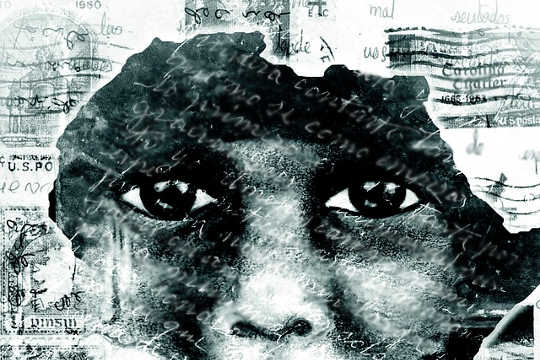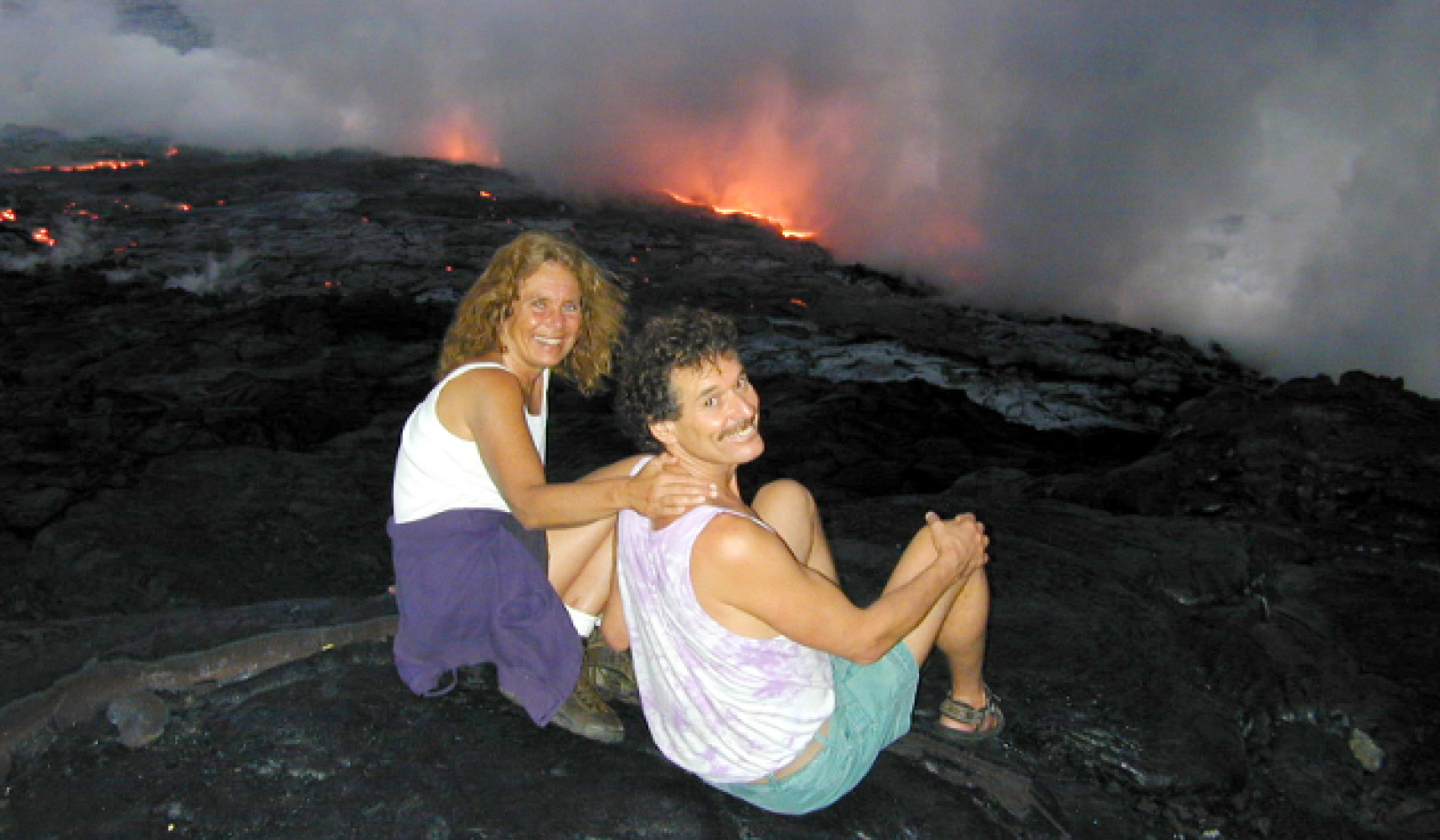
In recent decades researchers have made great strides in understanding physical pain. Data they’ve collected upends many traditional ideas about this fundamental human experience. Mechanical, Newtonian notions of “pain receptors” and “pain circuits” in the brain have given way to a more complex and nuanced perspective.
At the center of this new worldview are motivational factors. It now seems that we experience much of the physical pain we do because our brains calculate that this sensation is important to our overall security and survival. Pain protects us from potential damage, or motivates us to attend to and repair damage already done.
Pain Is A Decision The Brain Makes
The idea that pain is less an involuntary reaction and more a decision the brain makes is difficult for those very brains to comprehend at first. Consider Rick’s experience after being shot in the back during a firefight in Afghanistan. Rick didn’t know he’d been hit until a field medic asked him about the source of the blood covering the lower part of his body. Rick received no pain medication yet experienced no pain from the wound until a dressing change two days later. Mechanical models of pain can’t account for such cases. How might we begin to understand them?
Today researchers liken the perception of pain to visual perception. The visual cortex receives input from the retina, processes it, and produces output—an image in the mind’s eye. Far from being a mechanical, Newtonian process, visual perception is heavily influenced by cognitive factors: expectation, intention, and belief. We see what we most “need” to see.
A visual image expresses first the brain’s understanding of what is important for the wellness and success of the whole organism, followed by the brain’s decisions based on that understanding. In similar fashion the brain receives input from the body’s nociceptors—sensory nerve cells—processes this input, and produces output that may or may not include the sensation of pain. As with vision, motivational factors play a huge role in creating this output.
PTSD Symptoms Of Panic, Anger, Flashbacks, And Exaggerated Startle Response
What does this have to do with the PTSD symptoms of panic, anger, flashbacks, and exaggerated startle response? Our research and that of others suggests there is a process at work very like that described in the physical pain literature. The traumatized brain takes input from the world around us, processes it, and provides the output it considers most important for the wellness of the whole organism.
We can see how this worked for Rick, the Afghanistan combat veteran. After returning to the United States he suffered tremendously each Fourth of July. The sound of exploding fireworks (input) in his big city triggered the same panic (output) he’d experienced in Afghanistan. That response was part of what brought him back alive from that war, albeit with a Purple Heart.
His brain seemed to have decided that as this output had protected him once, it would protect him again. Perhaps it also calculated that a “false positive” misreading of present-day danger was an allowable price for Rick to pay for an increased chance of survival going forward.
This new understanding of human suffering, both physical and emotional, opens a door to treating it.
The Role of Behavior
Cognitive-behavioral therapy begins with thinking (cognition), then moves on to doing (behavior). It’s by acting in new ways that, finally, we open the door to reclaiming our lives. Let’s take a look at human behavior, beginning with the word itself.
The origins of the word behave lie in Old English and German compounds that denote how one “has” or “bears” or “carries” oneself. Our earliest behavior, then, relates to our physical carriage: our posture, muscle tonus (normal partial contraction), and breath. We can extend carriage to include the mental image we hold of ourselves—as happy, worthwhile people or as unhappy, worthless human beings. From this perspective cognition is mental behavior—what we do with the organ that is our brain. These first mental behaviors set the stage for all the physical acts that flow from them.
Our physical behavior provides extremely important input to our brains. Even more than external events, the event of our own behaviors is information the brain processes to produce such outputs as physiologic reaction and emotion. Let’s look at two examples of this phenomenon.
Mary, a wilderness guide who returned to school, regularly left class early to avoid the possibility of interacting with her male classmates. Each time she did this her brain took note of two things: (1) her avoidance behavior and (2) her safe arrival home. Connecting these dots, her brain “learned” that avoidance produced safety.
When Mary left class, her brain produced the output of feelings of relief. If she lingered to catch something her professor was saying, her brain produced feelings of stress and anxiety. In both cases we can see how Mary’s brain took the input of her actions and produced output it considered appropriate to the well-being of the entire organism.
Cynthia was mugged one night on the streets of a large city. Since being attacked, walking downtown in the evening had triggered feelings of panic. In working with Cynthia we taught her a new way of walking city sidewalks. Instead of staying to one side and moving out of the way of anyone approaching, she learned to walk down the center of the sidewalk, head erect, eyes focused on a point a block away.
“Jeez!” a friend walking with her exclaimed one evening. “It’s like Moses parting the Red Sea!” People approaching Cynthia sensed her self-assurance and stepped out of her way. More importantly, Cynthia’s own brain took note of this new input and changed the output it had been delivering: her feelings of panic disappeared and she began enjoying walking in the evening in the newfound freedom and power of her body and mind.
Experiment: Behavior (Breath), Emotion, and Sensation
Step One: Get your lab book, date this entry, and sit comfortably erect on a chair or on a cushion on the ground. Measure on a 1–10 scale how peaceful and also how physically relaxed you feel. Write both numbers in your lab book.
Step Two: Begin breathing with shallow, rapid breaths into and out of your chest, perhaps twice per second. After a minute or so, re-rate on a 1–10 scale your feelings of peacefulness and relaxation.
Step Three: Again sit comfortably erect, breathe normally, and after a minute or so rate your peacefulness and relaxation.
Step Four: Let your breath drop down into your belly so that when you inhale your navel moves away from your spine, and when you exhale it moves back toward your spine. Your chest and shoulders are now not moving at all. We call this diaphragmatic breathing. Slow your breath rate so that you are completing one cycle of inhalation/exhalation every ten seconds or so. After one minute, again rate your feelings of both peacefulness and relaxation.
Congratulations! You’ve completed your experiment. Let’s look at the data. Are your pre-post numbers the same? Different? If different, how so?
When we breathe rapidly, also known as hyperventilating, we induce changes in our bodies related to heart rate, blood pressure, and the carbon dioxide level in our bloodstream. These changes can trigger the brain’s fight-or-flight response, as well as feelings of anxiety and stress.
Diaphragmatic breathing, on the other hand, changes the same biomarkers in the opposite direction, and the changes induced by diaphragmatic breathing last for hours afterward, even after we return to our usual breath pattern. We do diaphragmatic breathing while asleep or in a state of deep relaxation.
Yogis have understood and used the power of breath for millennia. You too can begin to harness this simple, powerful tool in your daily life.
©2018 by Julie K. Staples and Daniel Mintie.
Reprinted with permission of the publisher,
Healing Arts Press. www.InnerTraditions.com
Article Source
Reclaiming Life after Trauma: Healing PTSD with Cognitive-Behavioral Therapy and Yoga
by Daniel Mintie, LCSW and Julie K. Staples, Ph.D.
 Drawing on many years of clinical work and their experience administering the successful Integrative Trauma Recovery Program, the authors help readers understand PTSD as a mind-body disorder from which we can use our own minds and bodies to recover. Woven throughout the book are inspiring real-life accounts of PTSD recoveries showing how men and women of all ages have used these tools to reclaim their vitality, physical health, peace, and joy.
Drawing on many years of clinical work and their experience administering the successful Integrative Trauma Recovery Program, the authors help readers understand PTSD as a mind-body disorder from which we can use our own minds and bodies to recover. Woven throughout the book are inspiring real-life accounts of PTSD recoveries showing how men and women of all ages have used these tools to reclaim their vitality, physical health, peace, and joy.
Click here for more info and/or to order this paperback book (or the Kindle edition)
About the Author
 Daniel Mintie, LCSW, is a cognitive-behavioral therapist, researcher, and trainer with over 27 years’ experience healing trauma. Along with Julie K. Staples, Ph.D., he developed an Integrative Trauma Recovery Program combining yoga and cognitive-behavioral therapy for healing PTSD. Daniel lives in New Mexico and conducts mind-body wellness workshops at universities and training centers worldwide.
Daniel Mintie, LCSW, is a cognitive-behavioral therapist, researcher, and trainer with over 27 years’ experience healing trauma. Along with Julie K. Staples, Ph.D., he developed an Integrative Trauma Recovery Program combining yoga and cognitive-behavioral therapy for healing PTSD. Daniel lives in New Mexico and conducts mind-body wellness workshops at universities and training centers worldwide.
 Julie K. Staples, Ph.D., is the Research Director at the Center for Mind-Body Medicine in Washington, D.C., adjunct Assistant Professor at Georgetown University, and a certified Kundalini yoga teacher. Along with Daniel Mintie, LCSW, she developed an Integrative Trauma Recovery Program combining yoga and cognitive-behavioral therapy for healing PTSD. Julie lives in New Mexico and conducts mind-body wellness workshops at universities and training centers worldwide.
Julie K. Staples, Ph.D., is the Research Director at the Center for Mind-Body Medicine in Washington, D.C., adjunct Assistant Professor at Georgetown University, and a certified Kundalini yoga teacher. Along with Daniel Mintie, LCSW, she developed an Integrative Trauma Recovery Program combining yoga and cognitive-behavioral therapy for healing PTSD. Julie lives in New Mexico and conducts mind-body wellness workshops at universities and training centers worldwide.
Related Books
at InnerSelf Market and Amazon

























